From the temperate forests bordering the Caspian Sea to the sub-tropical region of Oman and the Persian Gulf, Iran is a vast country, full of natural beauty, and rich in history. Its wild, open landscapes encompass vast mountain ranges, lush forests, arid deserts, fertile plains and marshy lowlands. This tremendous variety of geography and climate has created an incredibly rich bio-diversity, such that within the borders of one country you might see the Caucasian Black Cock and the African Sacred Ibis, or set sail in search of wild salmon in the north, crocodiles in the south, and blue whales Golden Eagle in the Persian Gulf. This paradise for nature lovers is one of a dwindling number of places in the world where the richness of the natural environment has yet to be fully documented.
Iran offers countless opportunities for observing wildlife, with nearly 500 species of birds, 160 mammals, and an inordinate number of native plants and invertebrates. With many regions of Iran still relatively uncharted territory for the botanist, recent estimates that the country is home to over 1000 plant species may yet prove to be conservative.
National parks and protected areas offer a refuge for wildlife, where you can observe unusual birds, mammals, reptiles, colourful insects and butterflies, all in their natural habitats. Of course, we cannot guarantee you will see a particular species, but an ornithologists’ log-book might well include sightings of any (or indeed all) of the following: Ground Jay, Reget, Heron, Siberian White Crane, Golden Eagle (abundant), Imperial Eagle, Lammergeier, Egyptian Vulture, Black Vulture, Honey Buzzard, Long-legged Buzzard ,Common Buzzard, Great Tit, Wheateater, Squacco Heron, Hoopoe, Blue-cheeked Bee Eater, Whiskered Tern, Greater Flamingo (in winter), Large Rock Nuthatch, Pied Kingfisher, Cattle Egret, Common Crane, Purple Heron, Purple Gallinule, Dalamtian Pelican, Ruddy Shelduck.
Among the mammal varieties you can expect to see the Shiraz wild sheep, wild goat, wild boar, Goitred Gazelle, and Persian fallow deer, and there’s always the tantalising possibility of a thrilling encounter with a wolf or leopard.
As well as fantastic wildlife, impressive landscapes and spectacular scenery, you will experience a warm welcome from the inhabitants of this land so rich in history and culture. The man-made wonders in store for you are as diverse and impressive as the natural splendour – so prepare to be amazed on a regular basis!
Upon early arrival in Tehran, you will be met at the airport and transferred to your hotel. Our wildlife exploration starts with a drive northwards to the Dasht-e Naz and Miyan Kaleh wildlife refuge, where we spend one night in the hotel before heading on to Iran’s oldest National Park at Golestan. This mountainous region provides a magnificent diverse natural habitat for animals including leopard, gazelle, wild sheep, ibex, wild boar and wolves; and birds such as the colourful kingfisher, Golden Eagle, Imperial Eagle, Black Vulture and the Siberian Crane. Here we stay overnight in a local house for two nights and then drive to protected area of Khoshyelagh, Persian Cheetah
one habitat of the cheetah, where your guide will help you to identify many of the species which make up its abundant bird population, and where we spend two nights in a local house.
We then drive back to Tehran for an overnight stay, before flying down to Shiraz, with its beautiful gardens. This City of Poets, Roses and Nightingales is the birthplace, and final resting place, of the greatest Persian poets, Hafez and Saidi. From here, we visit an astonishing array of unmissable sites: 2,500 years of history at Persepolis, and Naghsh-e-Rostam, with the tombs of the Achaemnid kings, the Sasanid epigraphs and reliefs, and the Zoroastrian Kaba monuments. Nearby Passargade has the tomb of the Cyrus the Great, the holy shrine of Shah-e-Chragh and the major site of pilgrimage, Eram Garden, an enchanting building with a beautiful eastern garden.
Our journey continues in the direction of the Zagros Mountains to meet the colourfully clad Ghashghei, among the most illustrious of Iran’s five hundred tribes, transporting their entire household on horseback, and by camel, mule and donkey, just as they have for centuries. Nomadic kilims have a special beauty, and Ghashghei women are renowned for the skill and vitality of their weaving, producing magnificent rugs in glossy, vibrantly coloured wool. The central ‘field’ of the kilim is often filled with a host of lively motifs drawn from nature, including rosettes, floral cones, and small animals and birds. We also have the opportunity to visit the Margun Waterfall, one of the largest in Iran.
Our overnight stay is in Shar-e Kord, before our tour reaches its conclusion at Isfahan, the Jewel of Iran, a treasure-house of Islamic architecture, said to have the most beautiful mosques in the world.


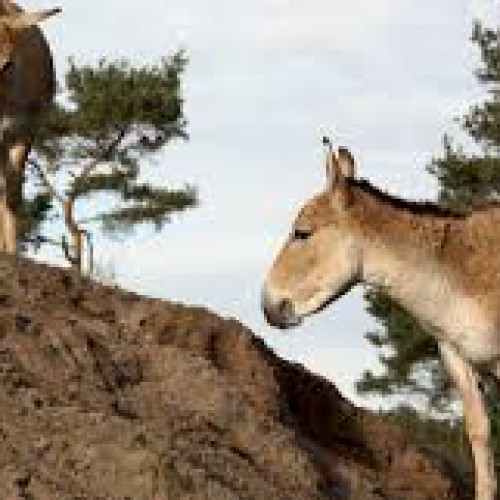
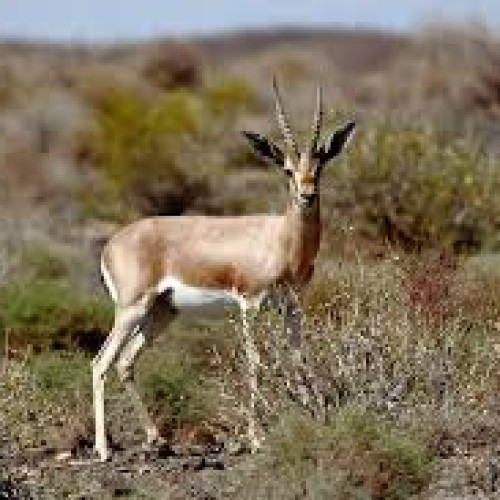
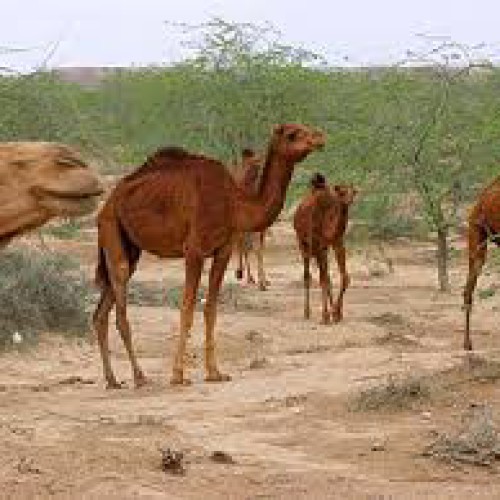
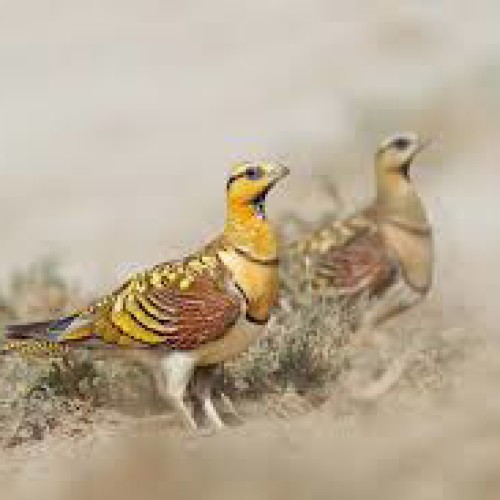

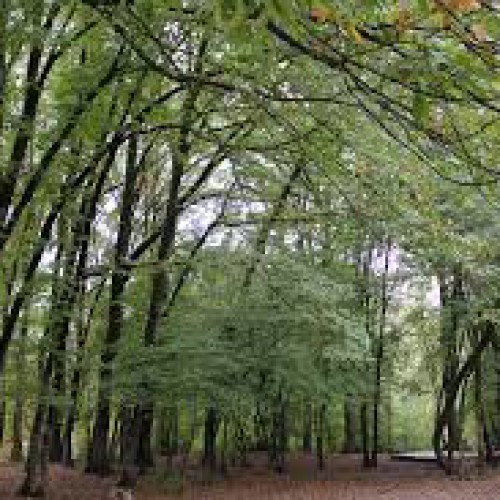
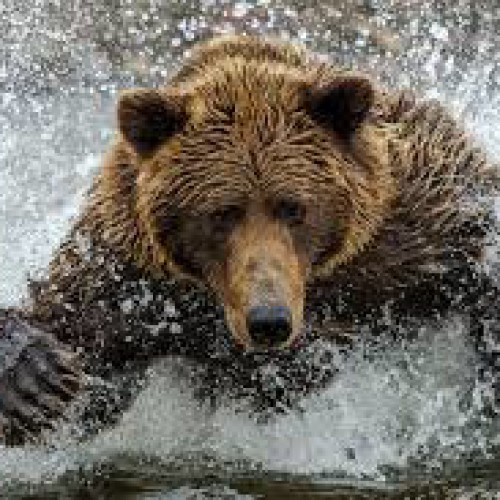

Comments
No comment yet.